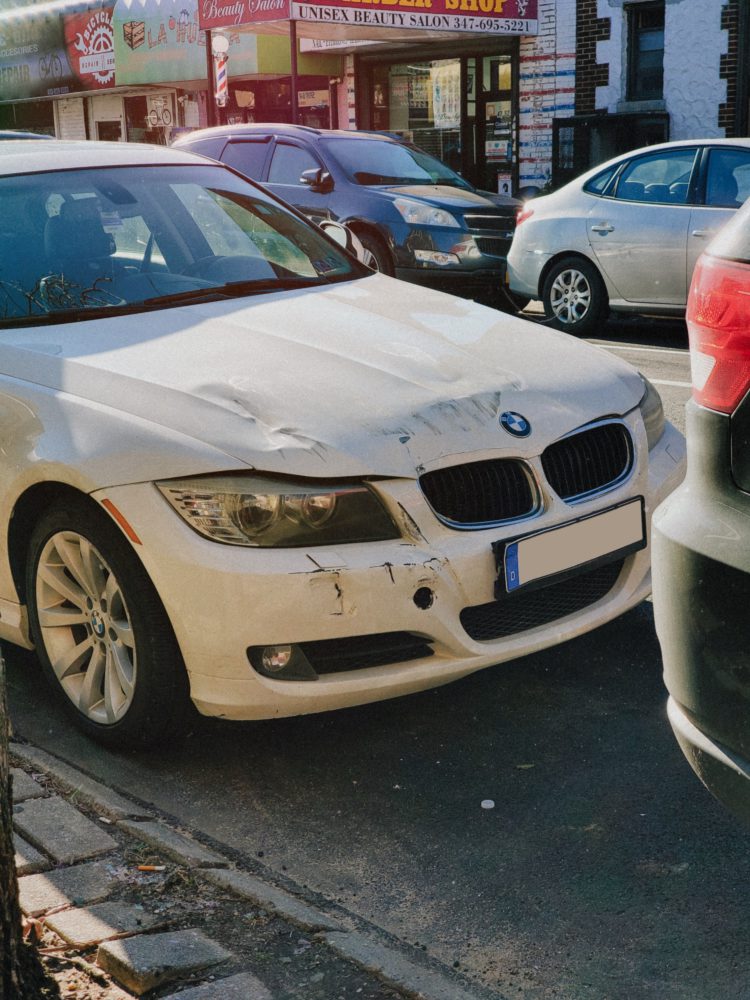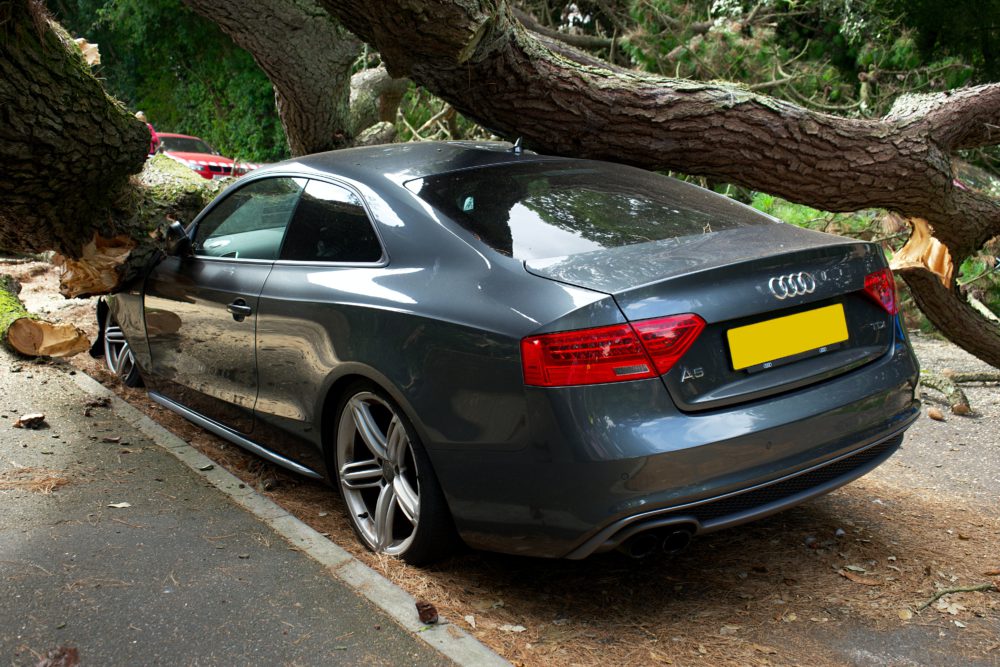It’s easier to get a genuinely good deal on your cover when you know all the ins and outs of how your policy works – like what a car insurance excess is and how it affects your claims.
So today, we’ll ponder those topics. Don’t worry though – they’re not timeless questions like ‘what happens to the light when you close the fridge door’. We’ll be done in two ticks.
Contents
- What’s a car insurance excess.
- An example of how an excess works.
- Compulsory and voluntary excess.
- Setting your voluntary excess (pros and cons).
- Do I pay an excess if the accident wasn’t my fault?
- Other types of excess.
- Where do I find my excess?
What does ‘excess’ mean when it comes to car insurance?
Depending on the level of cover you choose, your car insurance will cover the cost of certain mishaps. But there’s a slice of that cost that you’ll pay yourself. That’s called the ‘excess’.
If you were raised in North America (or watch a lot of U.S. sitcoms where insurance comes up as a plot point) you might have heard it called a ‘deductible’.
An example of how a car insurance excess works.
You’ve parked on the street. When you come back, you find someone’s dented your car and disappeared without leaving their details (which is illegal by the way). The accident does £500 of damage. Annoying, but a nice round number at least.

Now, let’s say your total excess is set to £200. That means you’ll pay £200 and the other £300 will be paid by your insurer.
Now, you’re probably thinking ‘well in that case I’d rather have an excess of £0 and pay nothing’. Well, in almost all cases you won’t be able to – and you actually might not want to either. Let’s get into why.
What are my compulsory excess and voluntary excess?
Part of your excess is compulsory. That means you’ll have to pay that much to make a claim – no matter what.
On top of this, you can then set a voluntary excess. Usually, you can set this between £0 – £1,000. But why would you want a higher excess? Well, simply put, it could work out cheaper for you. But it’ll depend on whether you end up needing to claim.
This is because when you set your voluntary excess higher, you’ll usually be rewarded with lower premiums. As long as you don’t claim, that’ll save you money. But that’s never a sure thing…

How do I set my voluntary excess?
Let’s think through an example:
Let’s say you have a compulsory excess of £250 and then – because you want a cheap premium – you whack up your voluntary premium to £750. That means your total excess is £1,000 (the £250 + the £750).
If a claim comes up that won’t be covered by the other party, you’ll have to pay the first £1,000 yourself. So, if the repairs to your car would cost £1,000 or less, you’d be paying the whole bill.
If your insurance isn’t going to help you out when these costs come up, it’s not very much use to you. So it doesn’t make sense to set your excess at a level that will leave you seriously out of pocket if something does happen.
As we said in our tips on finding cheaper car insurance, having an excess so high you can’t afford to claim is basically a more expensive version of not having insurance at all (but legal, at least).
With all that said, if you feel you can afford a higher excess, you’ll get a lower premium in return. It’s a question of whether you’re comfortable with that gamble.
Do I still pay a car insurance excess if the accident wasn’t my fault?

If the claim was caused by another insured driver, your excess is normally refunded to you at the end of the claim. On the other hand, if you make an ‘at-fault’ claim, you won’t get it back.
Remember, you don’t actually have to be the one at fault for a claim to count as ‘at fault’. That example we gave earlier of the hit and run on your parked car? Well, as the other driver couldn’t be found, that claim would have to be made on your insurance. Some insurers might waive the excess for a hit and run, but not all.
Likewise, claims caused by car crime – such as someone stealing your car, your airbag, or catalytic converter – would count as ‘at fault’ even though they aren’t your fault.
If someone is claiming against you, but you’re not claiming, then you won’t pay an excess. It’s just for damage to your own car.
Other types of excess.
For certain types of claim, you might not have to pay your total excess. For smaller problems like lost keys, cracked glass or misfuelling you might find that there’s a lower excess. The idea is to make these little claims more affordable.
Your documents might also layout a higher excess that will apply in certain situations. For example, your policy might require you to have a telematics device fitted. There might be a higher excess if you make a claim and the device in question was unplugged at the time.
There could also be a higher excess if you decide to use a non-approved repairer for any work to your car.
Where do I find my excess?
It’ll be in your policy documents – usually the ‘schedule’.
Get a Quick Quote here:




